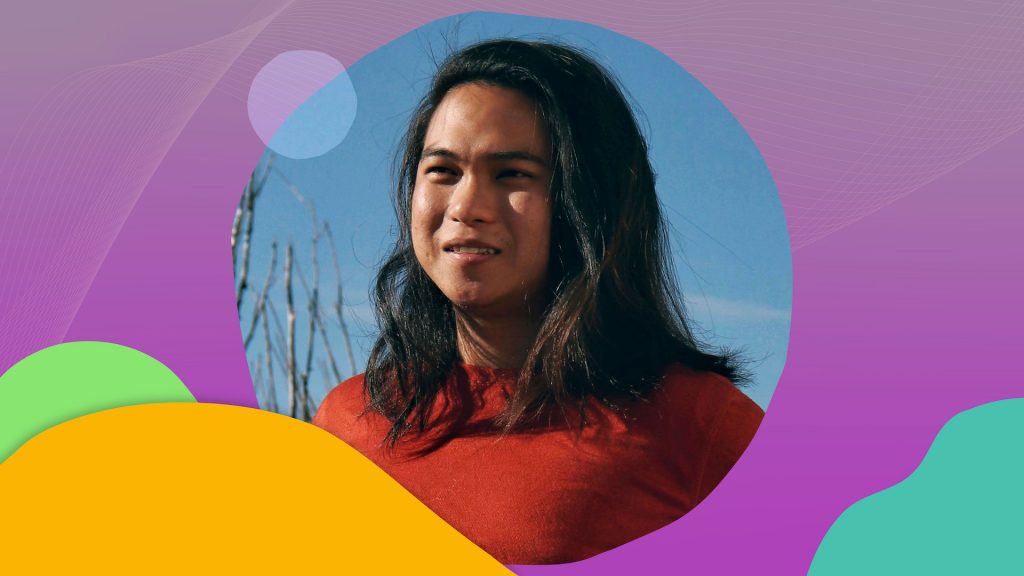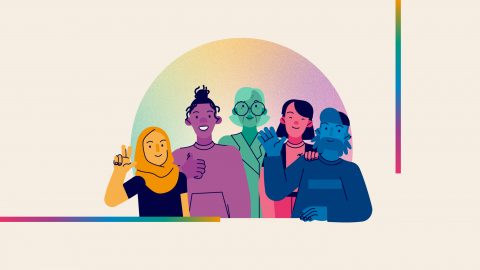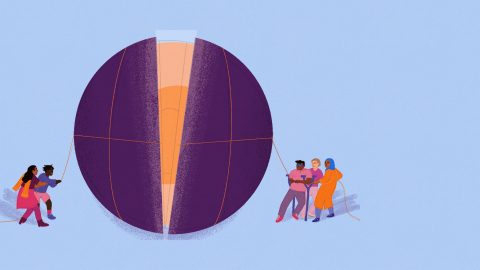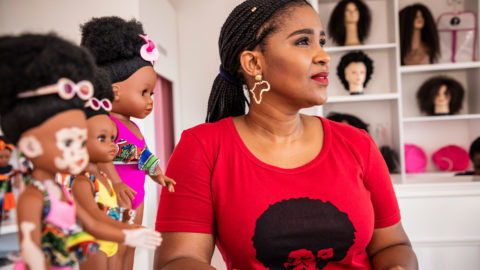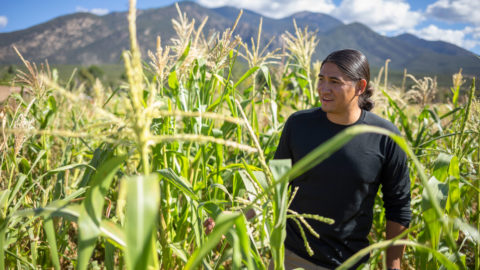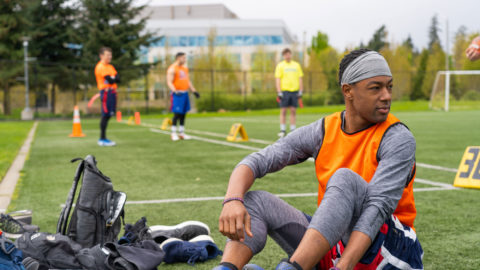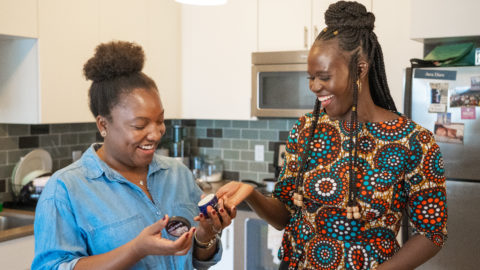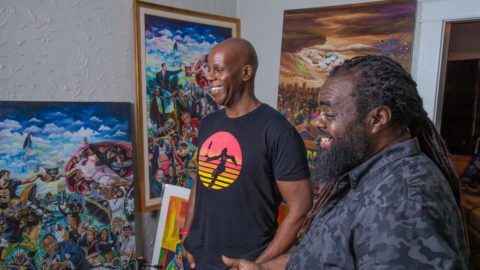“When I start a project, the question I immediately ask is ‘Are we missing anyone?”
Cambodian-born American immigrant Sopheak Neak is on a journey to realize his own identity and in doing so, creating safe spaces and resources for his community—inside and outside of Microsoft.
When I moved to the United States from Cambodia at age 12, for the longest time I felt like a foreigner—even in Seattle where we lived and where there is a large Cambodian community. It wasn’t until college that I began examining Cambodian traditional collectivism and American individualism to create my own Cambodian-American identity.
This period of looking inward came about because of some challenges I was facing at the time. When I was 24, I had a bout with severe depression, Major Depressive Disorder (MDD). In the Cambodian community, mental health issues are typically frowned upon — you are either sane or insane, there’s no in between. When I started therapy, it marked the start of a transformational healing journey for me—a journey to be my authentic self.
Around that time, I began connecting with more community members of Cambodian-descent with different experiences than my own with the hope to better understand the common threads of adversity and prosperity among the Khmer diaspora in the US. In the late 1970s, many Cambodians were displaced due to the Khmer Rouge Regime, some left to the U.S. and other countries as refugees while others rebuilt their lives in Cambodia. This context brings nuance to our experiences. There are certain privileges and challenges associated with coming to this country as an immigrant, as opposed to a refugee.
A major part of my advocacy is around reminding people that Cambodian heritage is not monolithic. In my spare time, I run a podcast called jorjek, or ជជែក, which means to chat or casually converse in Central Khmer. I invite guests who identify as Cambodian and we discuss their experiences growing up, navigating their identity and finding community. My plan is to continue to leverage the podcast to create meaningful connections with others of Cambodian-descent and a safe space for us to discuss the joys and adversities we face in the U.S.
My background—growing up as an immigrant and lower-income in the U.S.—gives me an advantage in understanding what inclusion and accessibility look like, especially with how we provide access to our tools and platform to Microsoft partners and users. When I start a project, I immediately ask, “Are we missing anyone?” Working at Microsoft, I don’t just bring my problem-solving skills, I bring my background and my collective self.
When I first started working at Microsoft, I wondered right away what my support system would look like. Within a few months, I joined AIM (Asian in MCB), a community of Asian employees at Microsoft focused on energizing and empowering the Asian community and educating our allies within MCB. Today, I’m on their Allyship and Social Justice Committee, collaborating with other committee members to organize a series of events for Microsoft employees.
Last year, I hosted an AIM event called Dig In, where they invited employees of various ethnicities and backgrounds to come and represent the food of their culture. I brought a Cambodian traditional dish, stuffed chicken wings with sticky rice. While everyone was enjoying the dish, I shared the story and history behind Cambodia’s staple foods and how Cambodians represent ourselves to the greater world. It was through the AIM event that I started to feel that I could bring the joy I feel within my culture to people outside of it.
Discover more stories like Sopheak’s by visiting: https://aka.ms/InclusionIsInnovation/Asian

